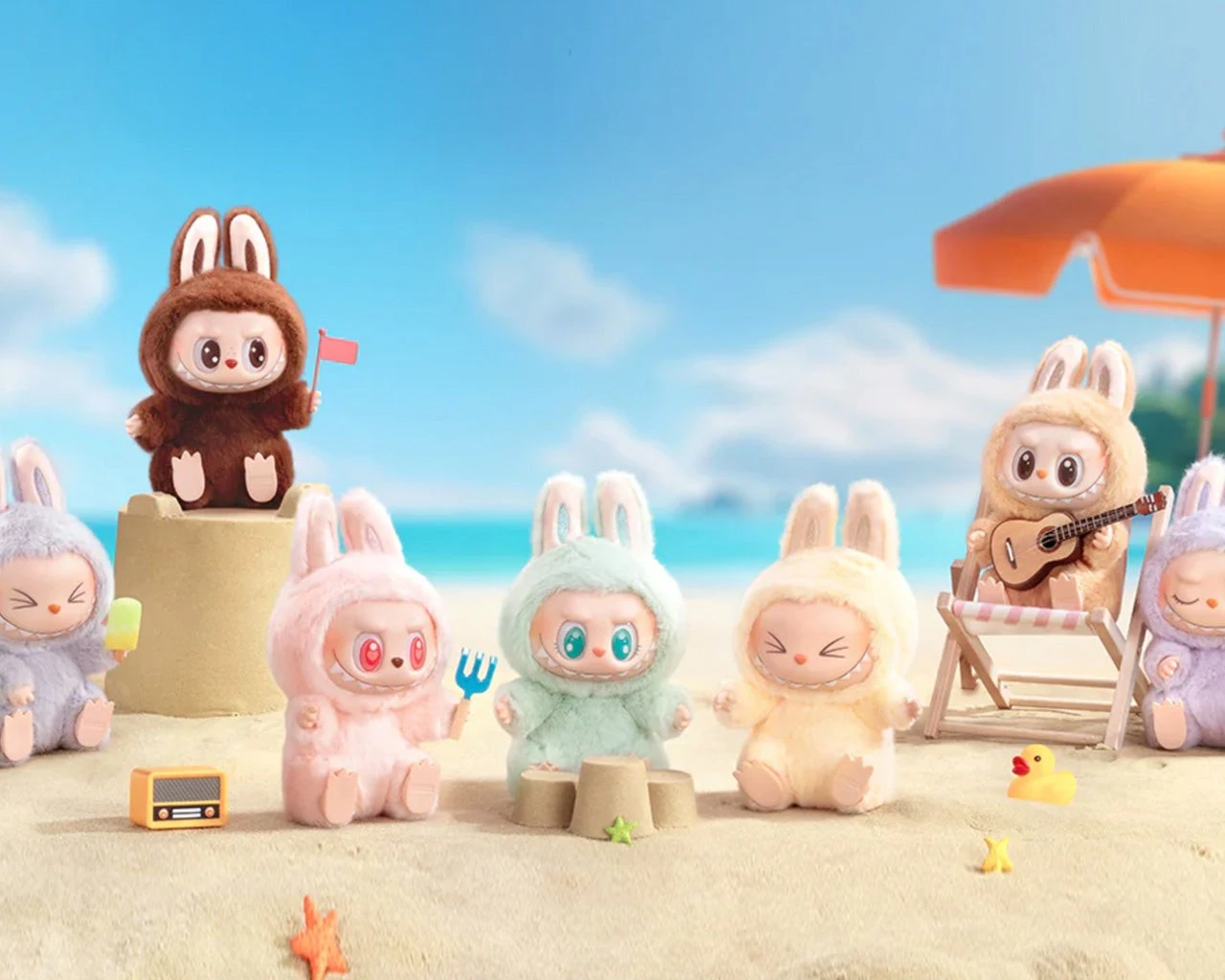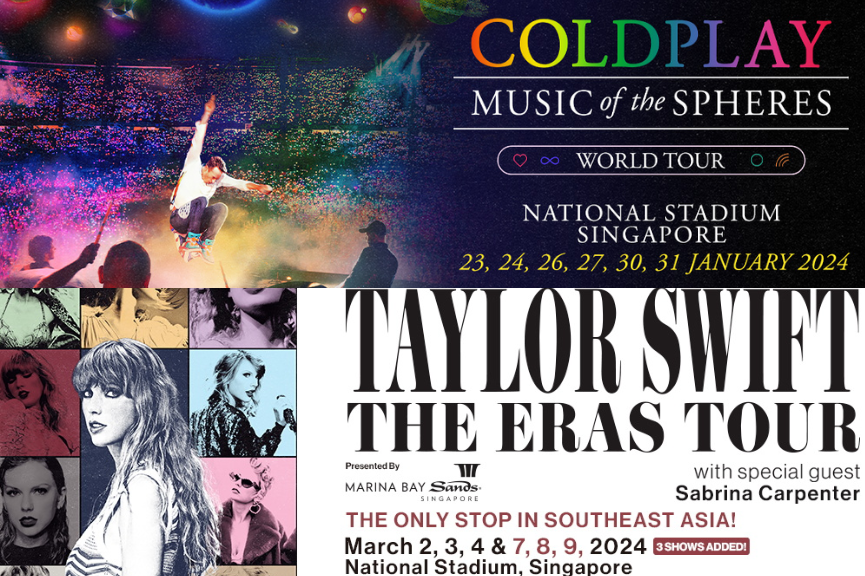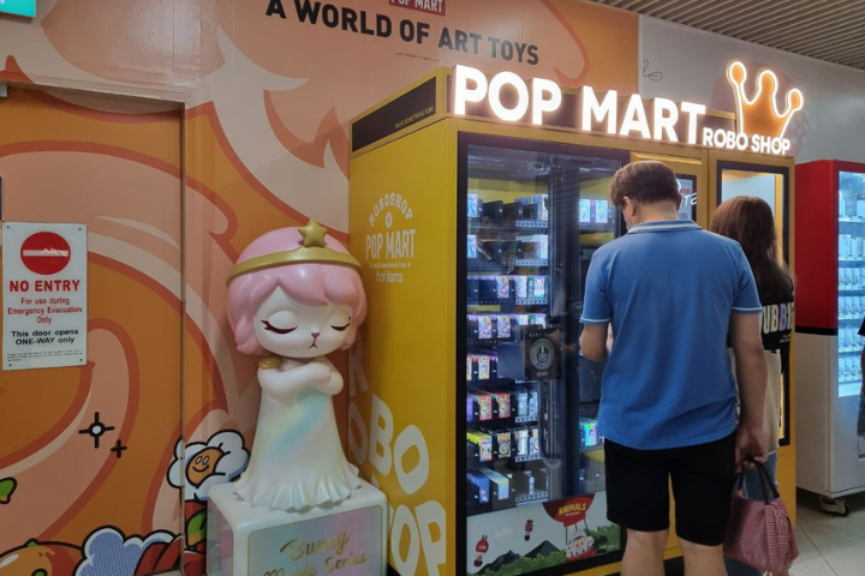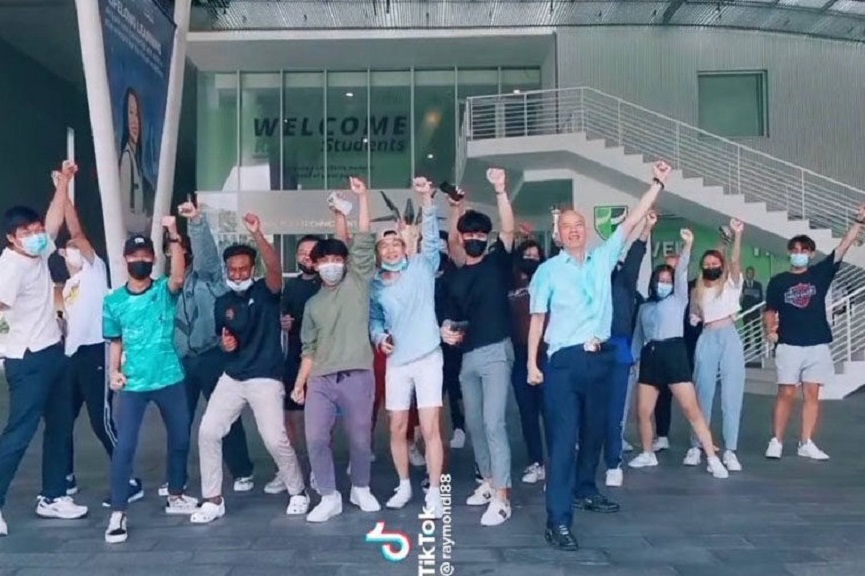Introduction: The Cultural Impact of Collecting Trends
Collecting has always reflected cultural shifts, offering a glimpse into society’s changing values and interests. In Singapore, collecting trends have evolved alongside the nation’s rapid modernisation.
From the classic commemorative notes and coins to gaming cards and even as niche as WWII memorabilia, these trends not only reflect nostalgia but also foster a sense of community. Collecting has become a way for people to connect, share experiences, and express identity in a constantly changing world.
Community and Connection: The Heartbeat of Collecting
At its core, collecting is about more than just acquiring items—it’s about the bonds formed in the process. Whether it’s standing in line for hours or scouring online marketplaces, collectors form communities around these shared experiences.
The thrill of the hunt, the excitement of finding that one rare item, and the camaraderie of fellow collectors create a unique social experience. For many, these collections represent more than material possessions, they symbolise memories, connections, and sometimes, a way to anchor themselves in a constantly shifting world.
HELLO KITTY X McDonald’s: A Cultural Phenomenon
In Singapore, the most iconic collaboration to capture the nation’s collective imagination was undoubtedly the Hello Kitty x McDonald’s partnership. In the early 2000s, McDonald’s launched a series of limited-edition Hello Kitty plush toys, each dressed in various cultural wedding attire, including Malay, Chinese, Indian, and Korean designs. The first collection, released on Jan 1, 2000, sparked an unparalleled collecting frenzy.

(Photo: Yahoo! Auctions.)
The hysteria was immediate and overwhelming—queues stretched for hours, traffic jams at drive-thru locations were common, and some outlets even experienced chaotic scenes, such as a broken glass door at the Blk 22 Boon Keng outlet and ambulance calls for injured customers. Resale prices skyrocketed—some Hello Kitty plushies were sold for up to 200 per cent of their original price. The phenomenon didn’t stop with just one release; McDonald’s would bring back the collaboration in 2013 and 2014, prompting fans to queue overnight to get their hands on the limited-edition toys.
So why would anyone go to such lengths to collect these seemingly simple toys? It’s about much more than just the toys themselves—it’s the nostalgia, the thrill of collecting something exclusive, and the sense of belonging to a larger community. For many, these collectibles were symbols of status, markers of time, and tangible pieces of a shared experience.
The Labubu Craze: A New Wave of Collecting
Fast forward to the present day, and a new character has taken the collecting world by storm: the Labubu. Designed by Hong Kong artist Kasing Lung, Labubu first appeared in 2015 as part of Lung’s larger “The Monsters” series, inspired by Nordic mythology.
In 2019, when Pop Mart—a company specialising in blind-box collectibles—started selling Labubu merchandise, causing the character to truly gain international popularity.
Labubu’s fluffy, wide-eyed appearance and unique charm quickly won over collectors worldwide. But it wasn’t until April 2024, when K-Pop superstar Lalisa Manoban (Lisa) of Blackpink showcased her Labubu collection, that the toy reached an unprecedented level of fame. Lisa’s endorsement turned the toy into a global phenomenon, sparking a worldwide craze, particularly among teenagers in Asia.
The Labubu craze has become a cultural marker in its own right, tapping into the same emotions that Hello Kitty once did—nostalgia, cuteness, and community.
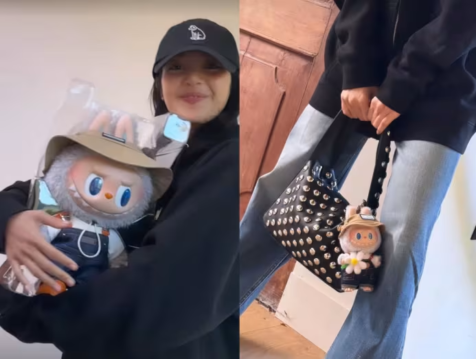
(Photos: Instagram/lalalalisa_m)
Why Collecting Continues to Resonate in Singapore
Personally, I have a collection of trinkets like Smiskis, K-pop albums, photocards, and other merchandise. I think collecting allows Singaporeans to connect with like-minded individuals, fostering a sense of community and even family. Through this hobby, I’ve met many friends, some of whom have become lifelong connections.
Collectors often face backlash from those outside their community—people who may not understand the passion behind it. However, this doesn’t deter collectors, who continue to embrace their hobby. “To each their own” is a quote I believe everyone should live by. Collecting shapes one’s personality and persona, adding a unique splash of colour to their lives.
The rise of Labubu and similar trends reflects the fast-paced nature of modern Singapore, where collecting offers a form of escapism in a world of constant change. Whether driven by nostalgia (Hello Kitty) or novelty (Labubu), these collectibles serve as cultural markers that people can revisit.
Collecting also fosters a sense of community, uniting people from diverse backgrounds through shared interests. In Singapore’s multicultural society, it creates spaces for connection—whether online or in person—where the sense of belonging can be just as meaningful as the items themselves.
Conclusion: From Nostalgia to Novelty
The cultural significance of collecting trends in Singapore—from Hello Kitty to Labubu—reminds us of the ever-evolving nature of society and how cultural trends can reflect larger shifts in identity, community, and consumer culture. What began as a simple collaboration between McDonald’s and Hello Kitty has blossomed into a complex social phenomenon, one that continues to evolve with the times. Collecting has moved from nostalgic memories of the past to novel experiences for the present, but its role in creating connections remains timeless.
As we look to the future, who knows what the next collecting craze will be? What’s certain is that it will be more than just a passing trend—it will be a reflection of the moment we live in, a symbol of the times. And, perhaps, we’ll once again find ourselves queuing for hours to get our hands on the next great collectible.

